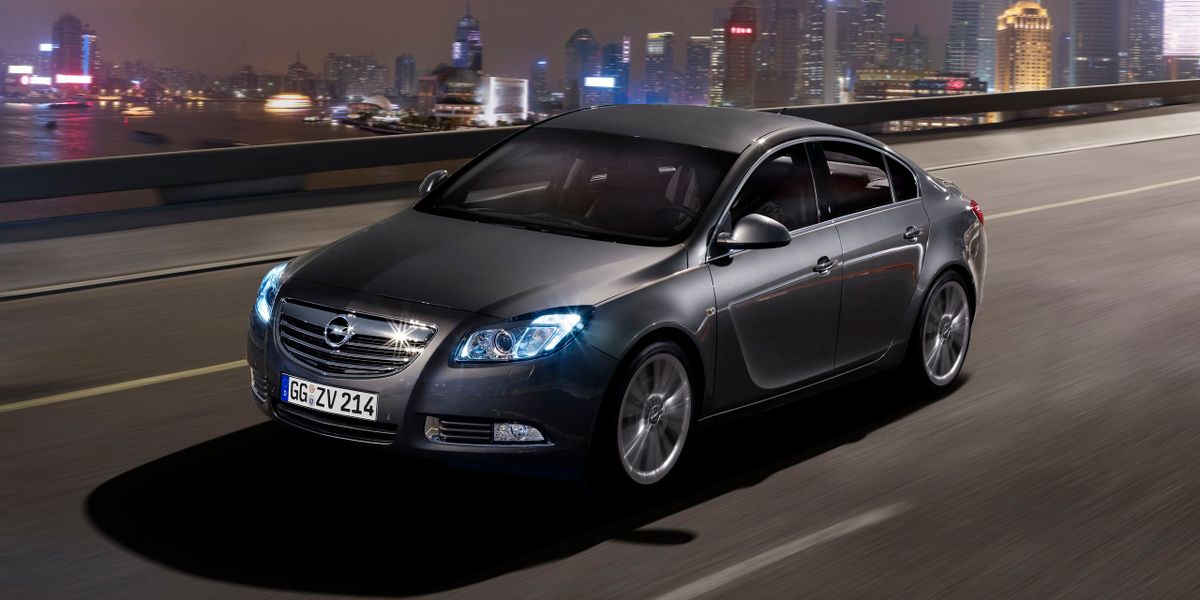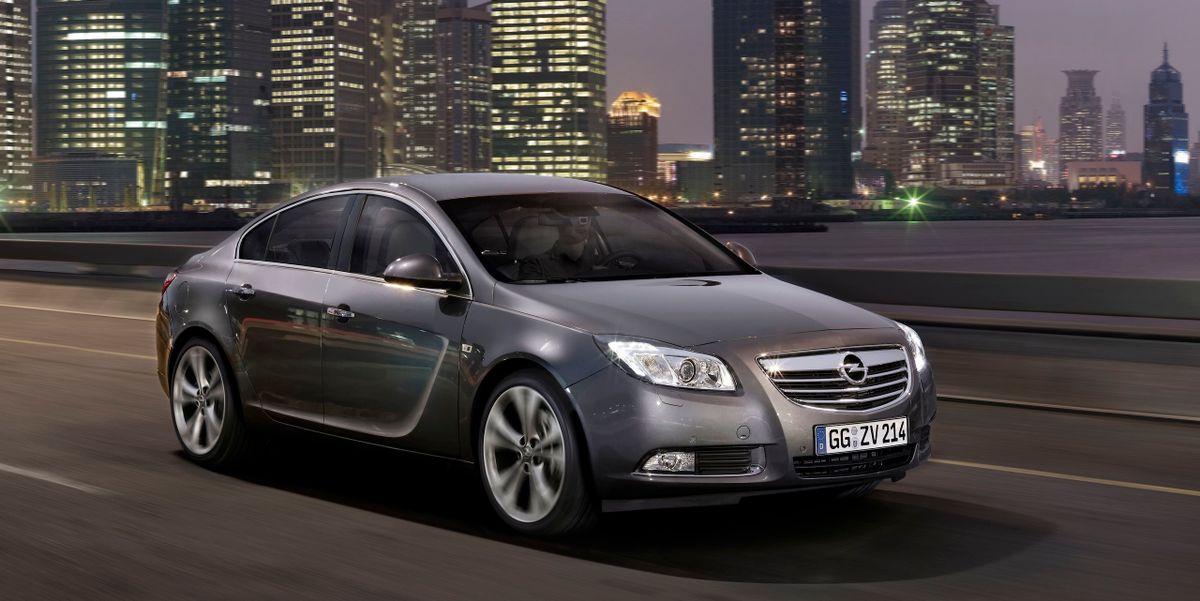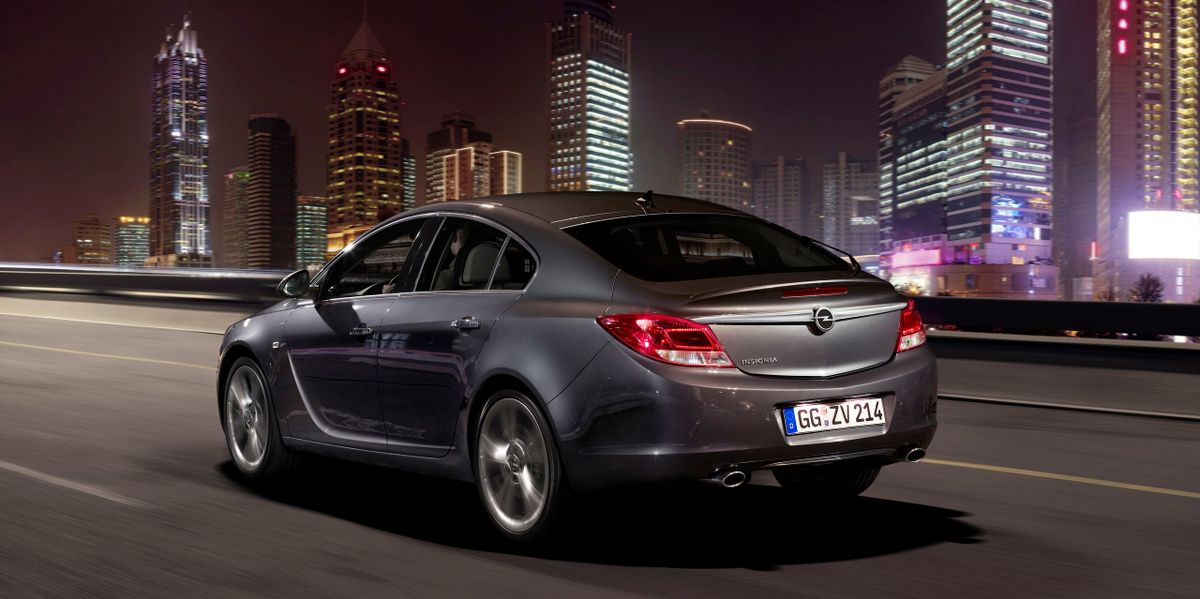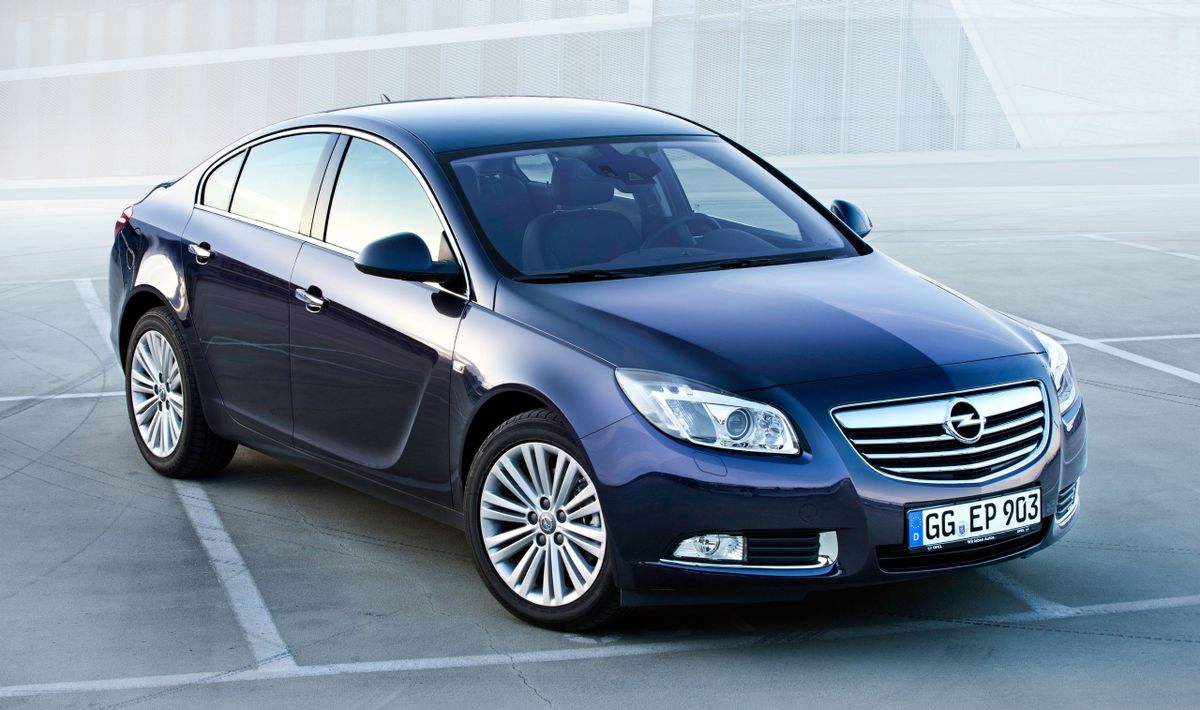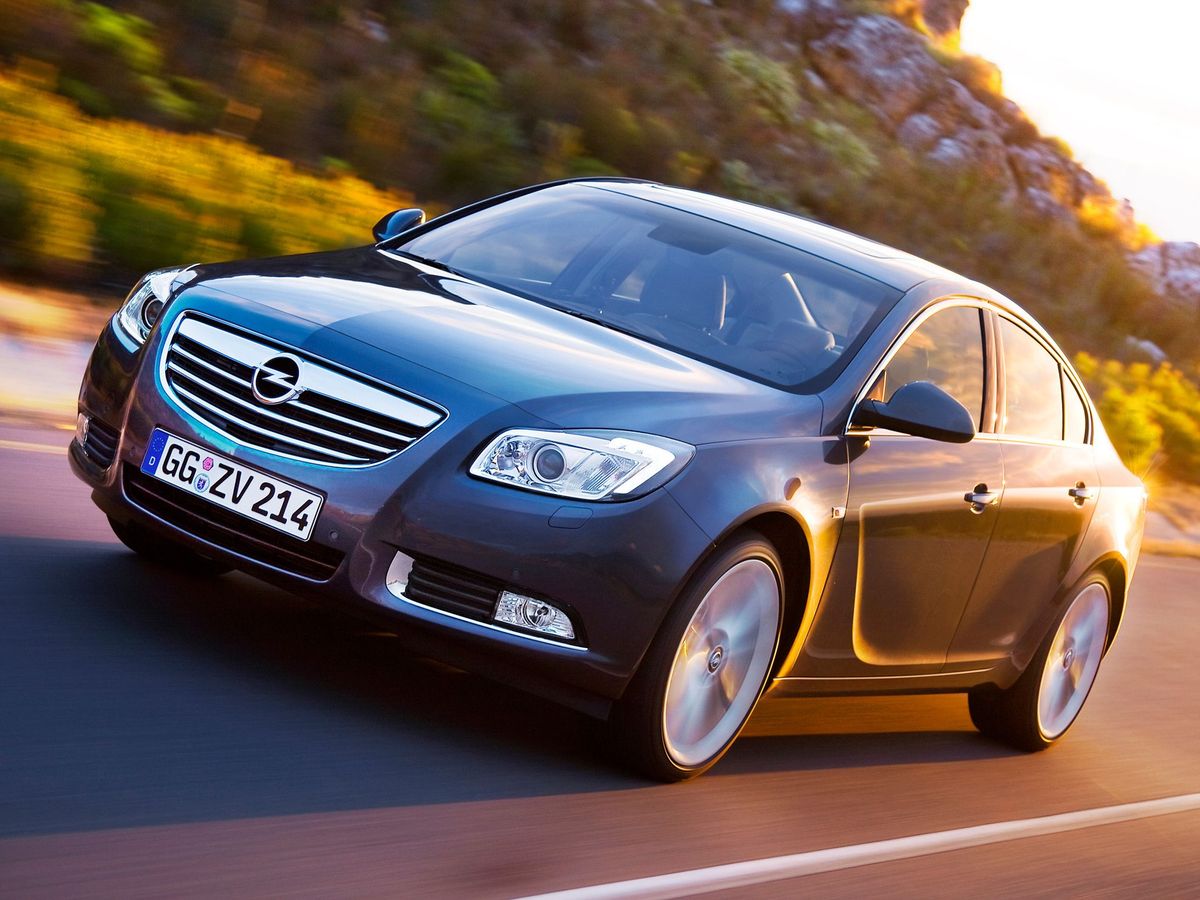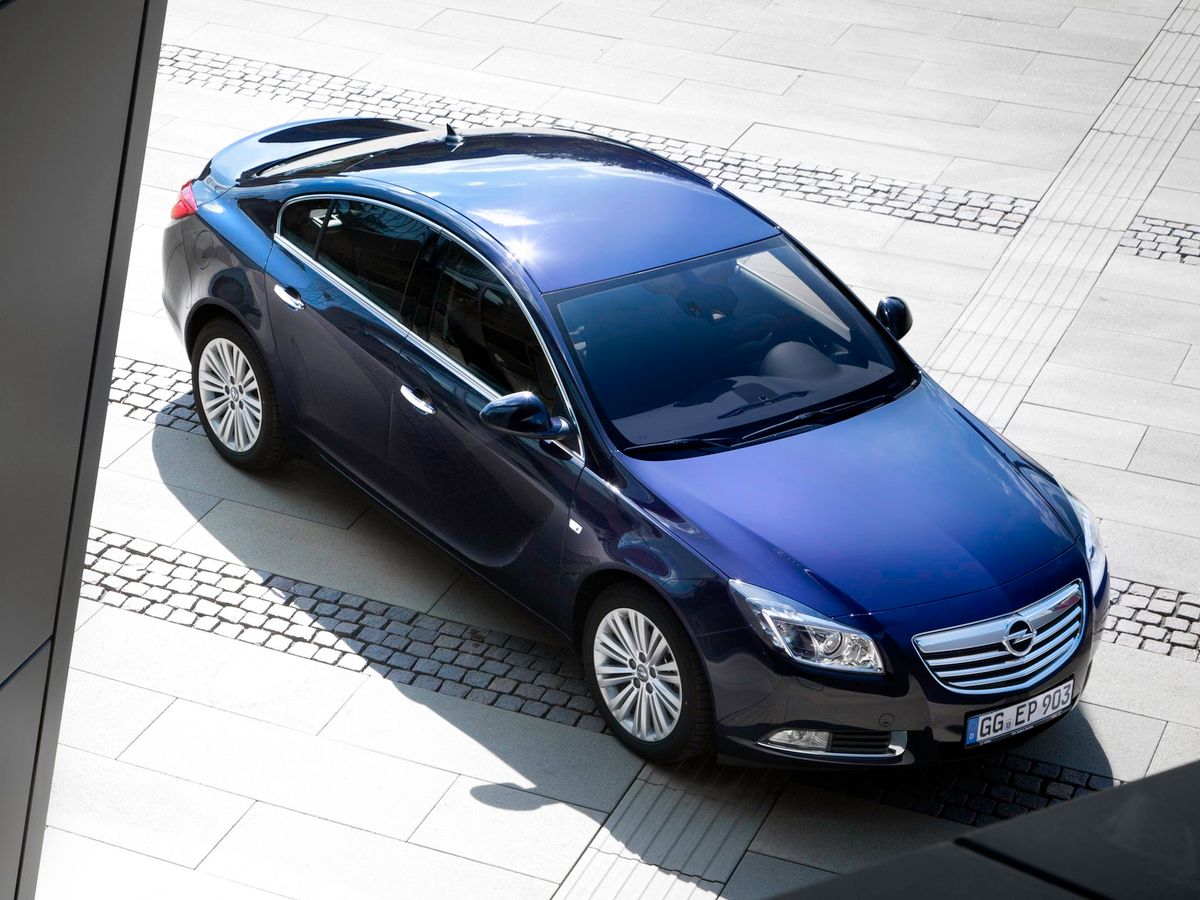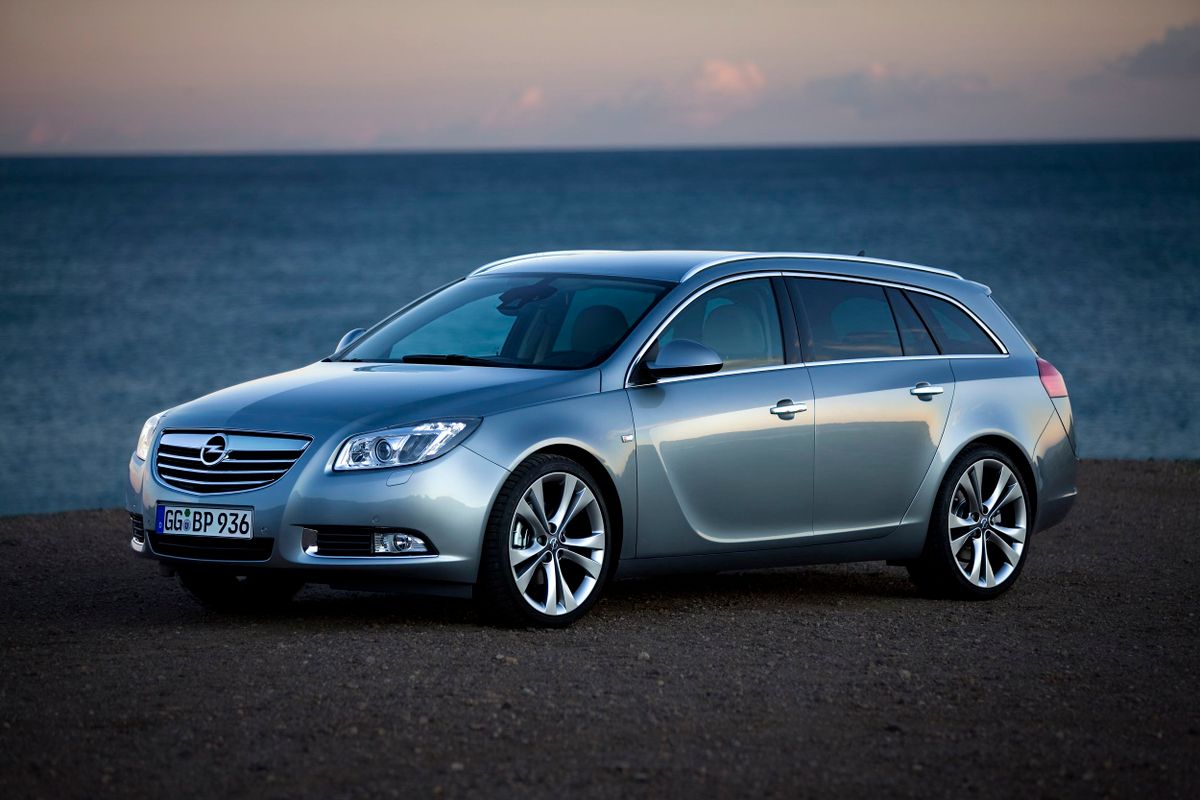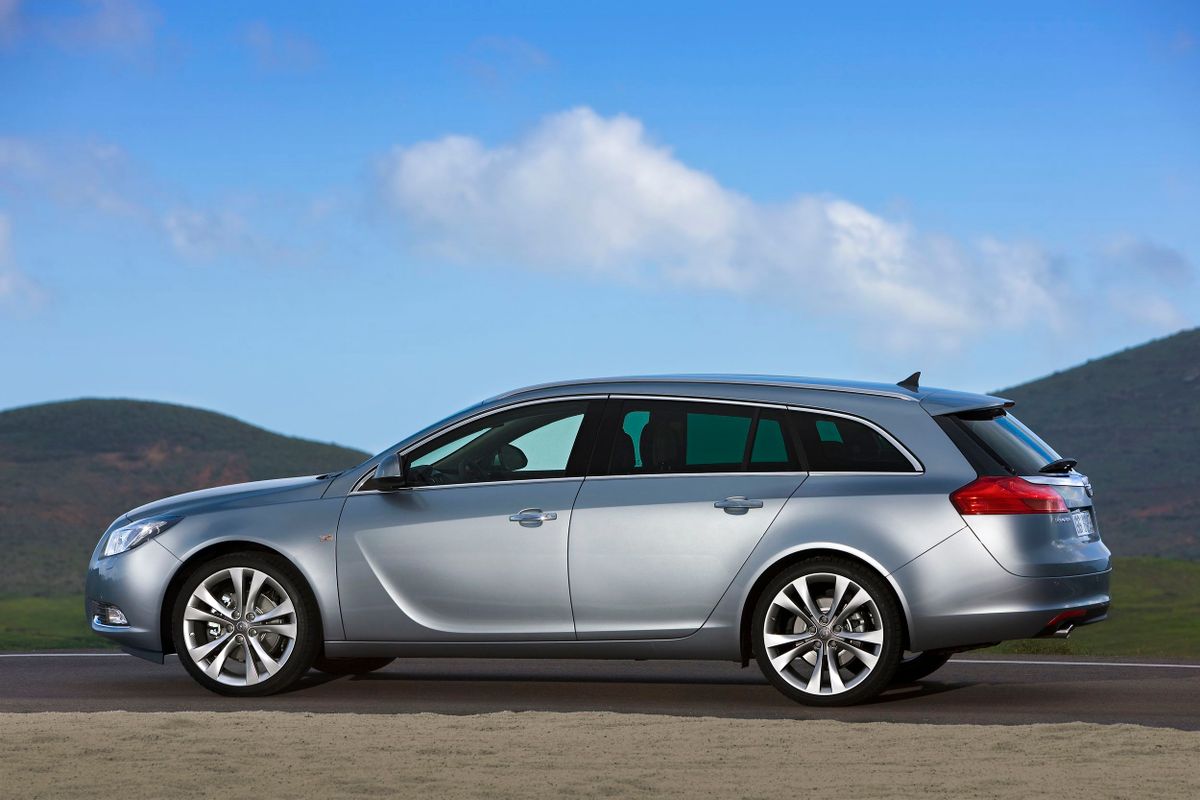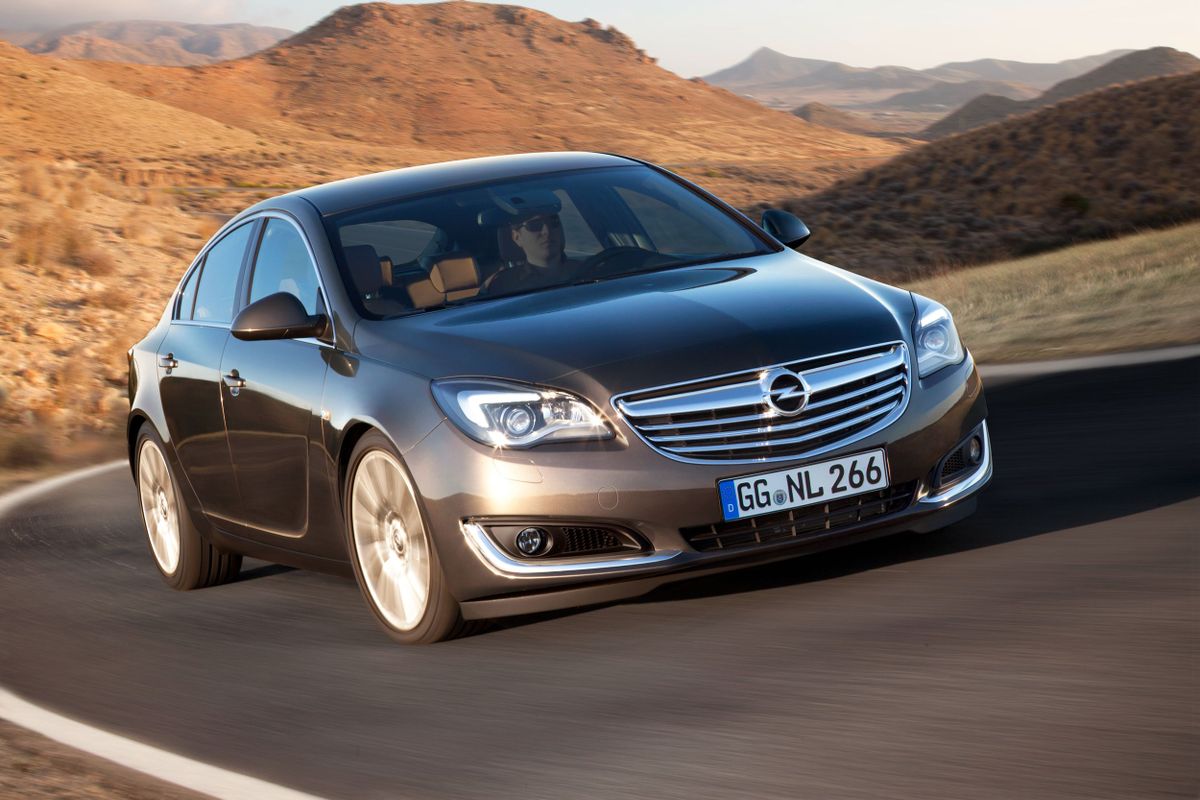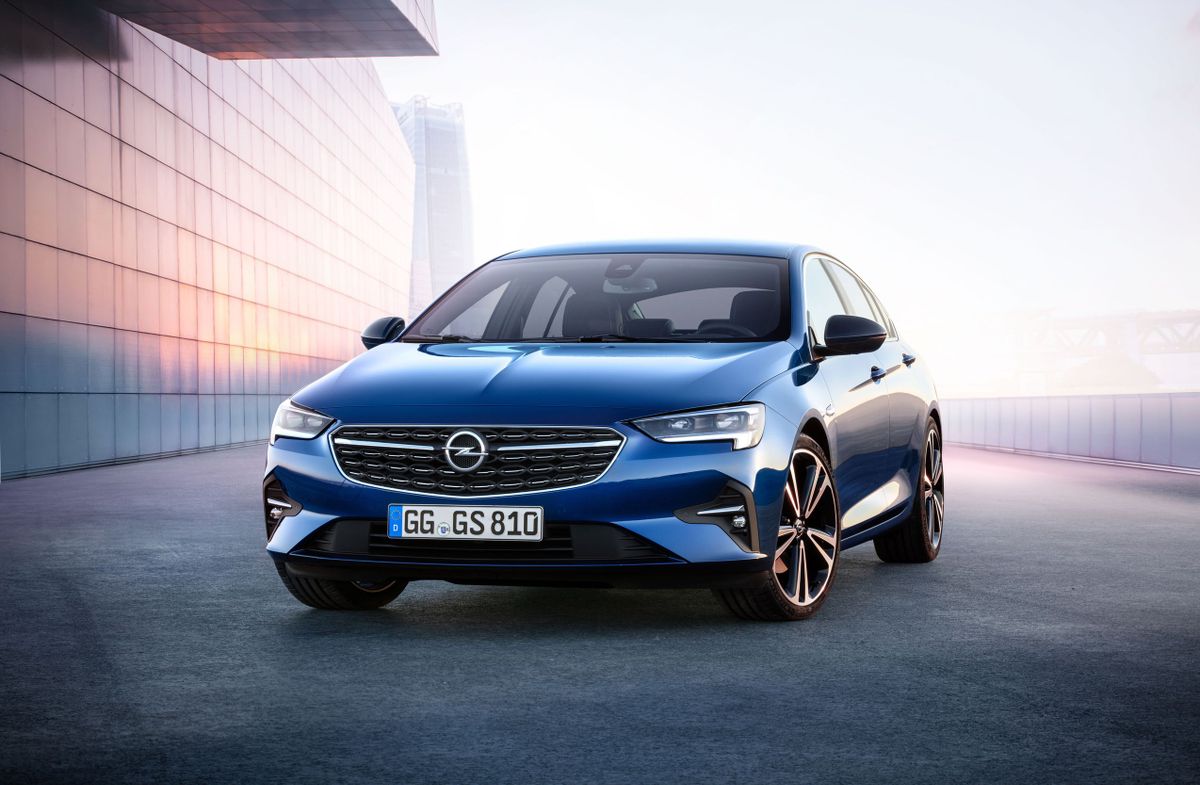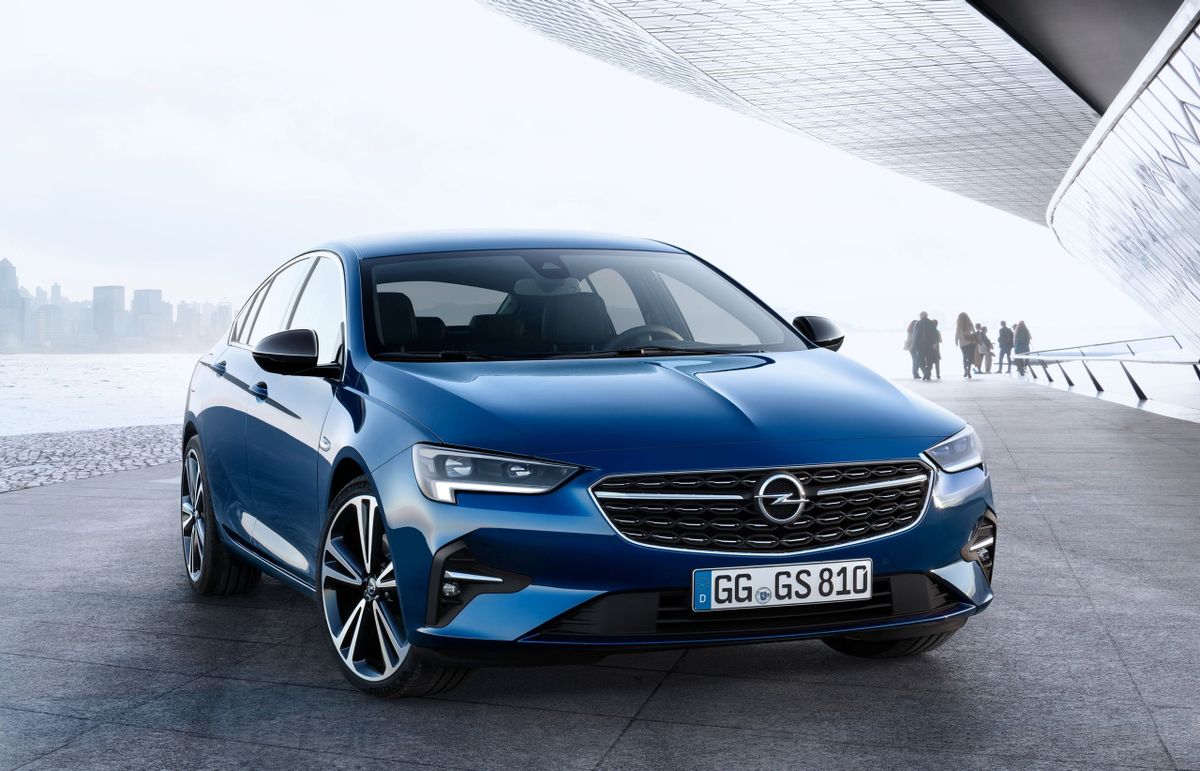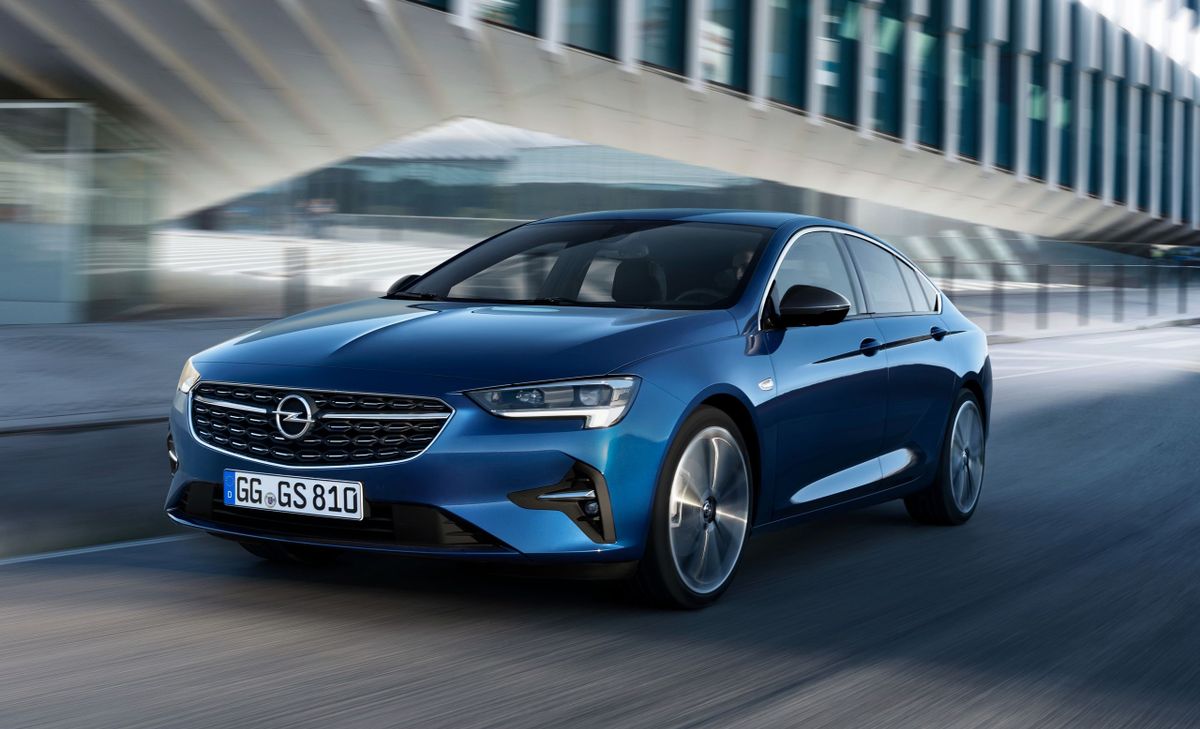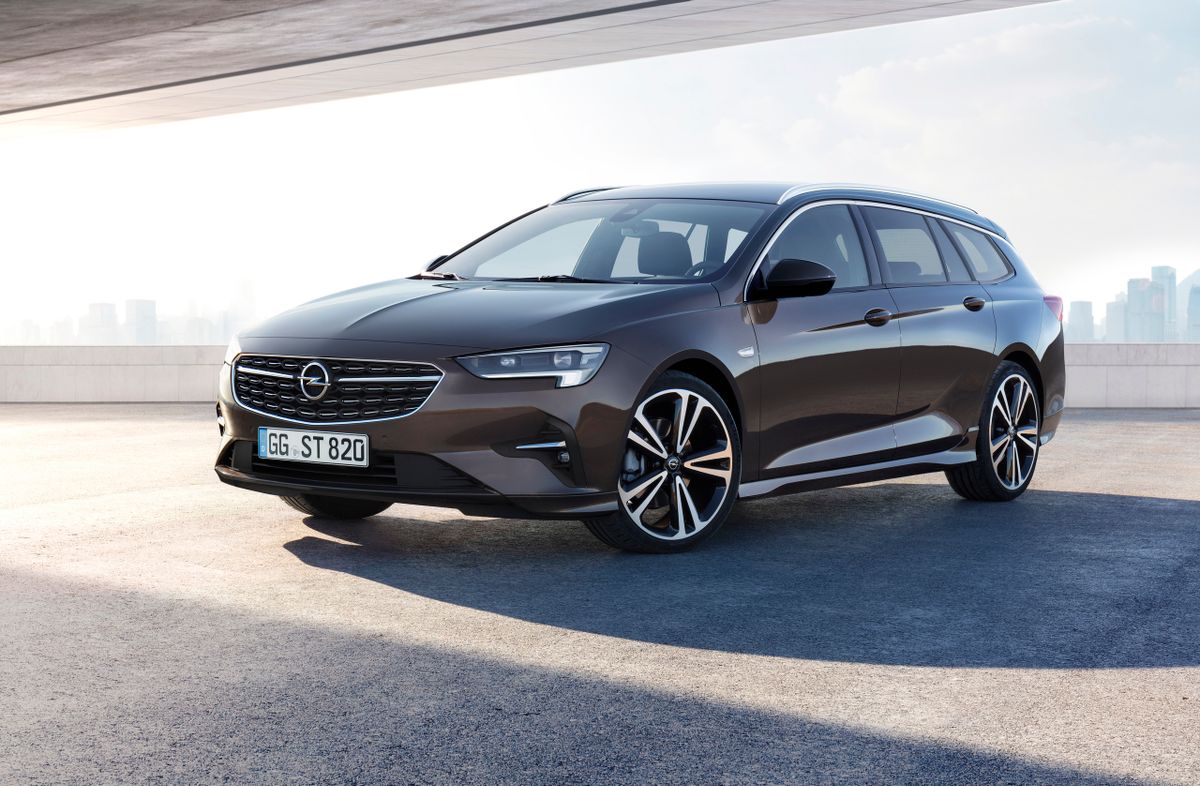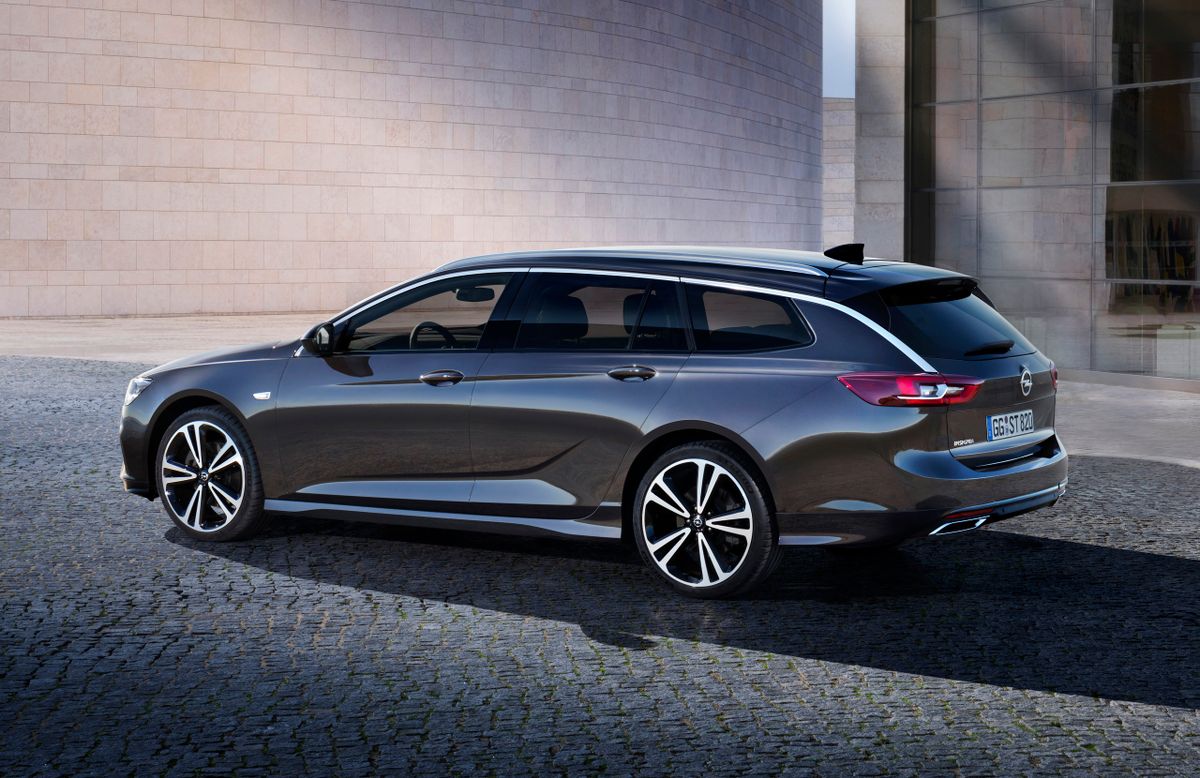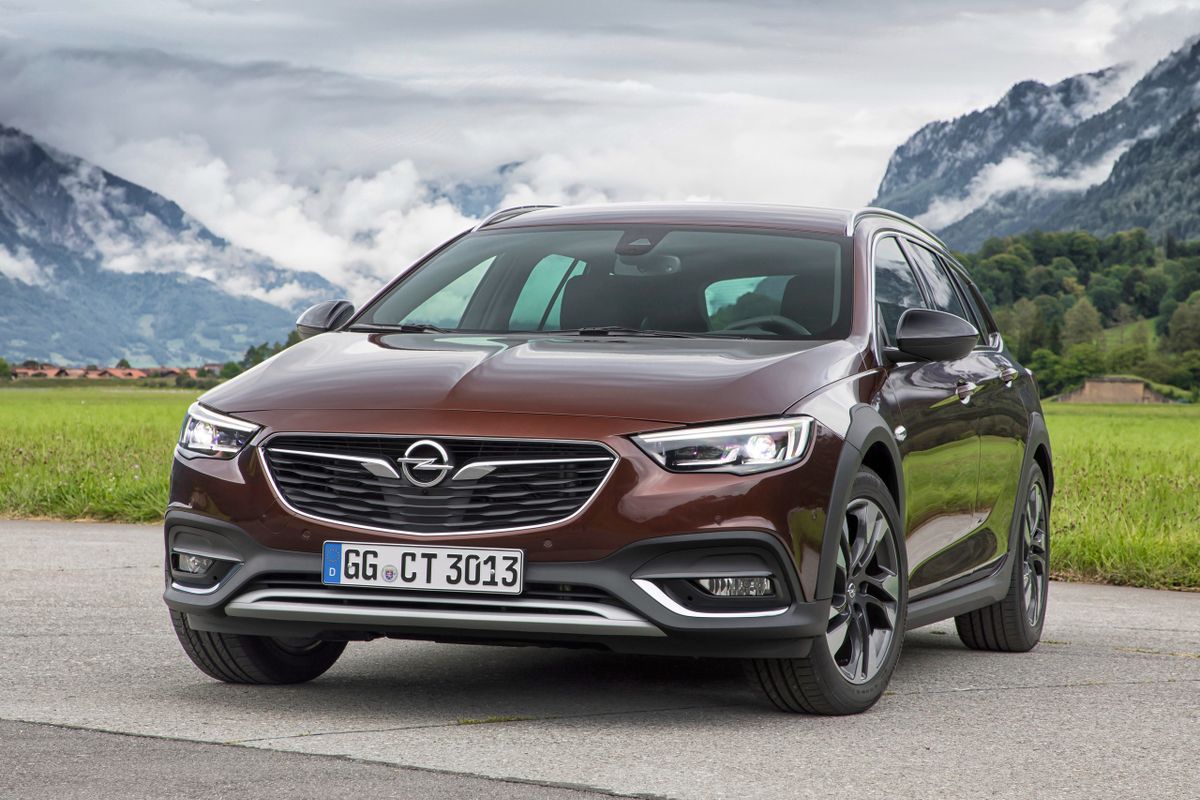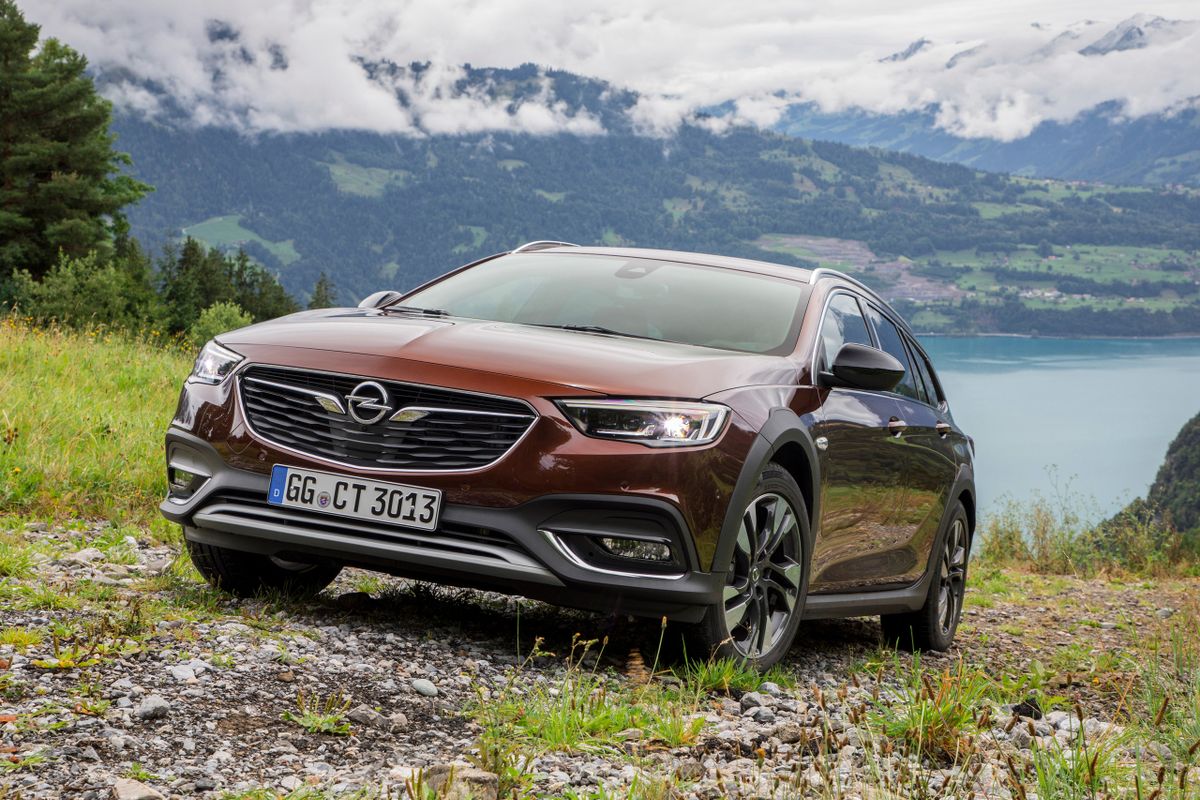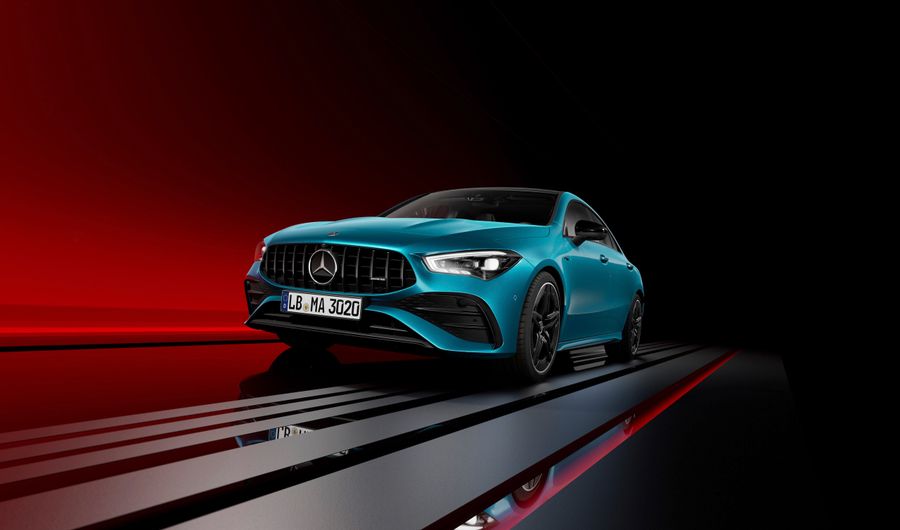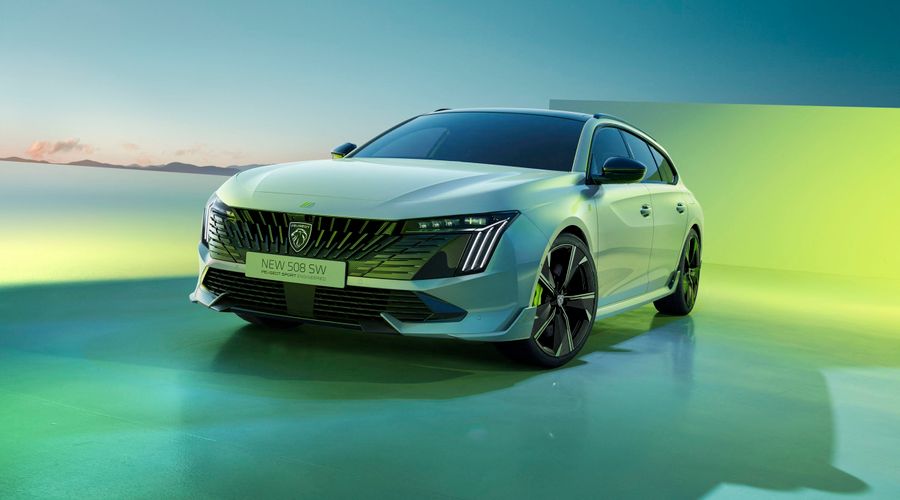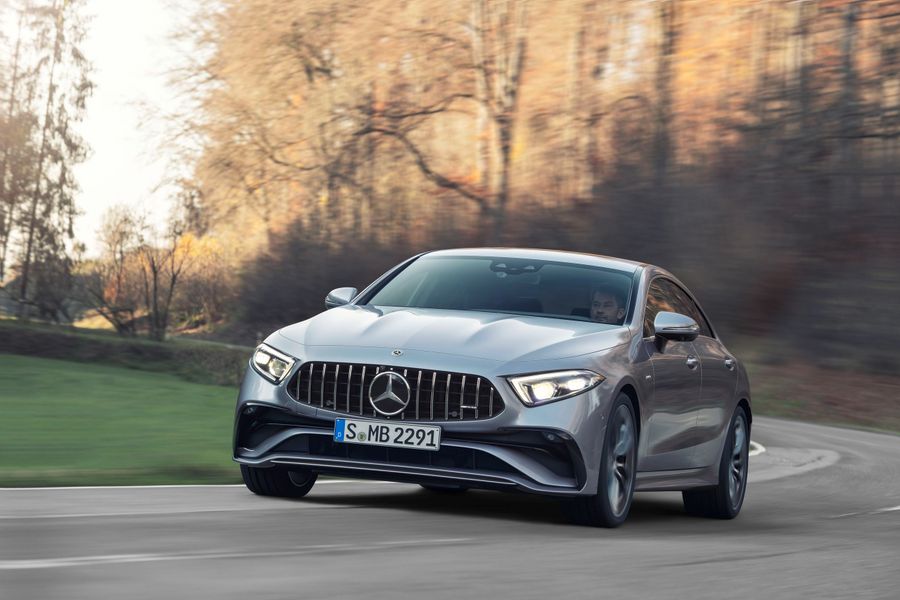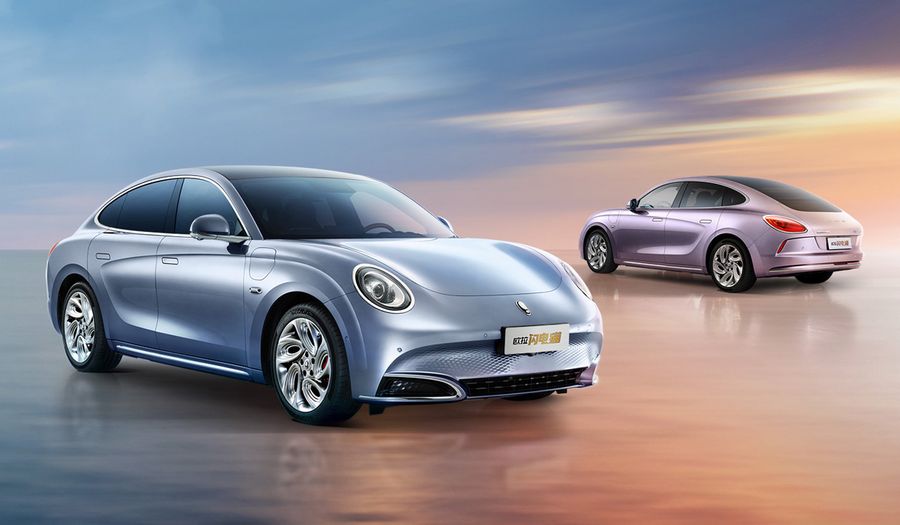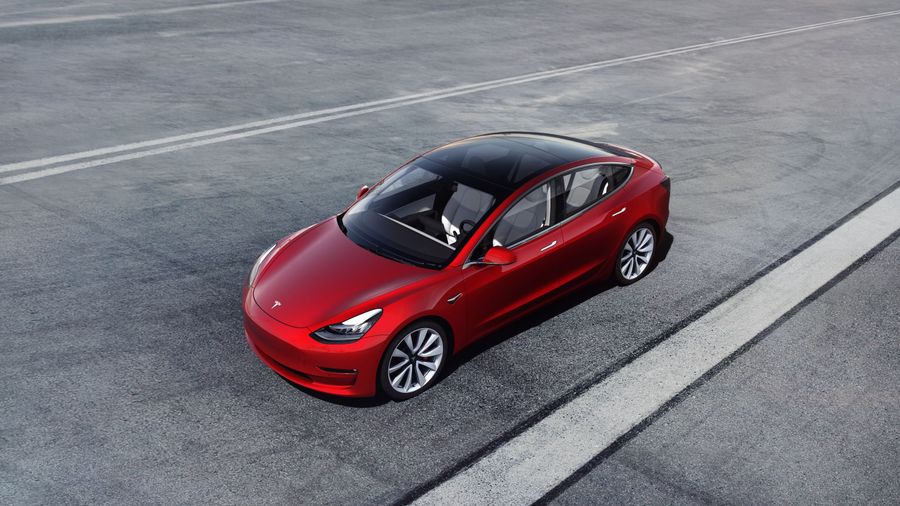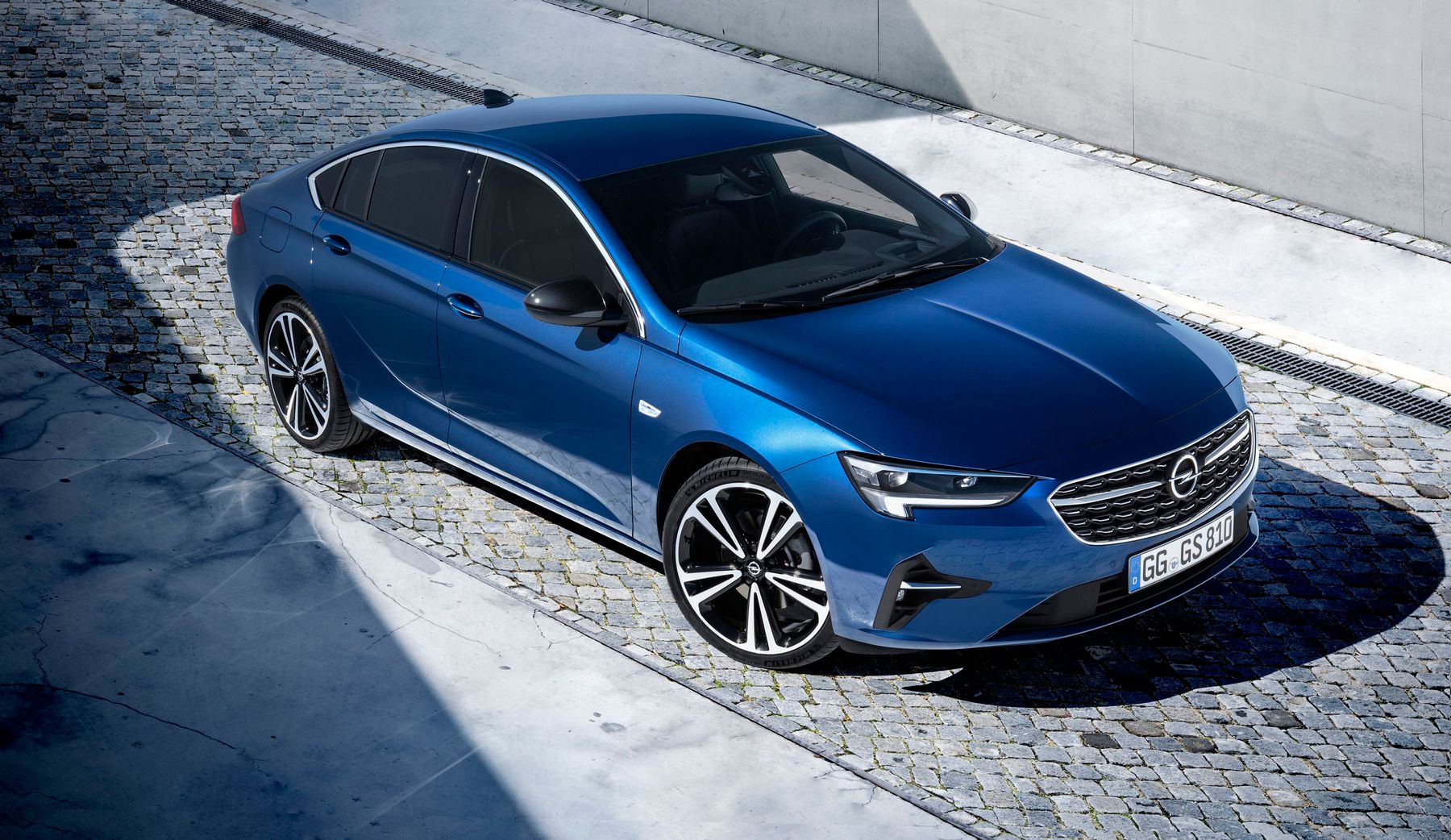
Opel Insignia. Tourist, traveler, beauty
The Opel Insignia was created 13 years ago, when the German company Opel was part of General Motors. It has been produced from 2008 to the present in liftback and estate bodies. Plus, a sedan was also produced in the past. The car had many gasoline and diesel modifications, equipped with both front and all-wheel drive. The Insignia retains its main features to this day, as it was originally designed very well. The car is designed for families who love to travel and regularly travel long distances. At the same time, its beautiful and concise design can be seen as a very nice bonus.
The first generation
It was produced from 2008 to 2015. The Opel Insignia was introduced in 2008, as a replacement for the Vectra and Signum. The manufacturer put a lot of time and effort into the development of this car: the concept was presented back in 2003, followed by another GTC concept in 2007. The Insignia is the first model designed as part of GM’s rationalization strategy, which at the time included the Opel brand. A methodical approach to development brought results. A year later, a modest car was among the best European cars. For Opel, this was a huge achievement, since the last time the company won the European trophy was 22 years ago.
The 2008 Insignia was long (4.83 m and even 4.91 m in the Sport Tourer version), featuring sophisticated forms similar to those of elegant premium sedans. Its designer, Bertrand Bach, described the car’s proportions as “sculptural artistry combined with German precision”. In our opinion, the design is more precise than sculptural, so the car looked a bit boring, but at the same time impeccable. It was long, but not bulky, road-hugging, but spacious and aerodynamic, with a factor of 0.25. Engineers have thoughtfully worked on the chassis, including shock absorbers, anti-roll bars and steering, which allowed the first Insignia to become one of the best handling models in the segment.
The center console was particularly praised for being simple and informative, one of the best in the segment. The dashboard was a 20 cm touchscreen equipped with an IntelliLink system containing vehicle information and infotainment system functions. The interior featured original seats patented by Opel, which ensured maximum comfort on long trips. Opel positioned the Insignia as a reliable and durable travel car, a kind of tourist, traveler and, of course, beauty.
Opel positioned the Insignia as a reliable and durable travel car, a kind of tourist, traveler and, of course, beauty
The car came standard with a 195 hp CDTI BiTurbo engine, which consumed 4.9 liters per 100 km. At the same time, it was equipped with a Start-Stop system. Engineers worked thoroughly over the engine. Thus, they came up with an idea of installing two turbines of different sizes, which worked together or separately, depending on what speed was required, which increased the efficiency and reliability of the unit. The Insignia developed speeds of up to 230 km/h and could accelerate to 100 km/h in 8.7 seconds. The chassis was able to change behavior depending the driver’s driving style.
Moreover, the Insignia was the first Opel to be equipped with the Opel Eye system for traffic sign recognition from a distance of 100 metres. Information about the sign was displayed on the driver’s console. Plus, the car received a safe distance warning system. The list of equipment included a blind spot warning system, a rear-view camera, lane departure warning system, bi-xenon adaptive headlights with 9 lighting modes, including a high beam system.
In 2013, the Insignia was restyled, acquiring a new 2.0-lier turbocharged diesel engine with an output of 120 and 140 hp. It was the most fuel-efficient unit in the segment. There were also 2.0-liter SIDI Turbo gasoline engines with 250 hp and 1.6-liter SIDI Turbo engines with 170 hp. The restyled car received a number of new safety and comfort technologies, including radars and auxiliary systems based on cameras, keyless entry and start, and so on. The first generation Opel Insignia was approved by motorists almost all over the world, as evidenced by the huge number of cars sold, 900 thousand cars.
The second generation
It has been produced from 2017 to the present, and was restyled in 2020 (as of 2021). The new Opel Insignia is based on the upgraded Epsilon II platform, developed by General Motors. That is, even after the sale of Opel to the PSA group (now Stellantis), Insignia continues to be built on the GM’s base. There are three versions of the model: Insignia Grand Sport liftback, Insignia Sport Tourer estate and Insignia Country Tourer estate.
Insignia Grand Sport
The Grand Sport liftback feels great even among such heavy competitors as the Skoda Superb and the Volkswagen Passat. The car has a great design, the quality of which is compared with the BMW 5 series and the Mercedes-Benz E-Class. Standard options include LED headlights, front and rear parking sensors, a touchscreen infotainment system, a navigation system with traffic sign recognition, Apple CarPlay and Android Auto connectivity, dual-zone climate control and cruise control.
The list of engines includes:
- A 1.5-liter diesel engine with an output of 120 hp;
- A 2-liter diesel engine with an output of 172 hp, both paired with 6-speed manual or 8-speed automatic transmission;
- A 2.0-liter gasoline engine with an output of 197 hp;
- A 2.0-liter gasoline engine with an output of 227 hp, both paired with a 9-speed automatic transmission.
Insignia Sport Tourer
The Sport Tourer estate is a real long-distance cruiser, a spacious family car based on the Grand Sport model, a competitor to the VW Passat, Skoda Superb and Mazda 6 estates. It has a huge trunk that can fit a large baby stroller. The model can be equipped with 1.5-liter gasoline engines with an output ranging from 138 to 163 hp or 2-liter diesel engines producing from 168 hp to 207 hp. The car is equipped with a standard 7-inch infotainment screen with Android and Apple device connectivity. It comes with a high-tech set of electronic assistants, including lane keeping assist and automatic emergency braking.
Insignia Country Tourer
The spacious family estate Country Tourer has elements of an SUV: a slightly higher ground clearance and a massive body kit that make it more durable and resistant to country trips outside comfortable roads. The model offers the same set of advanced options and comfort and safety features. It can only be equipped with powerful 2-liter diesel engines. An all-wheel drive system is available.


